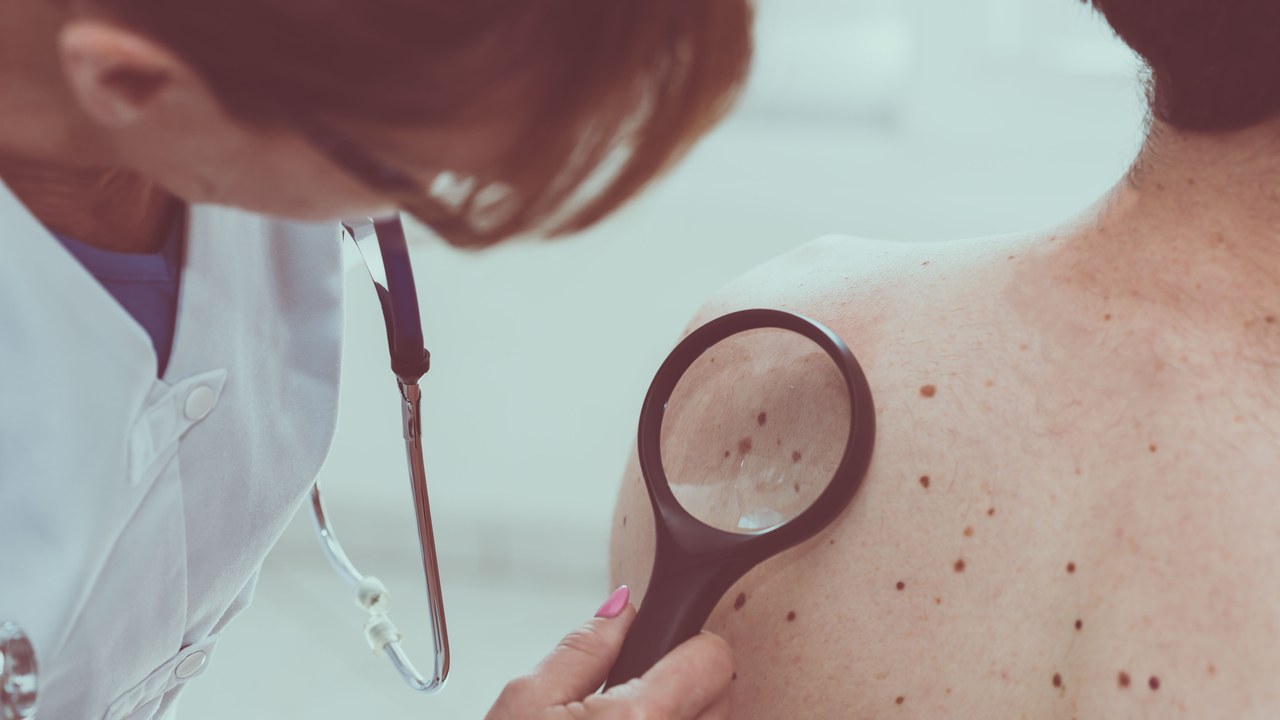If you’re one of the six million adults in the United States who suffer from repeated panic attacks, then you know how crippling they can be. This condition, which is twice as common in women than men, makes it difficult to carry on with everyday tasks due to the physical discomfort and mental distress it causes.
Panic attacks are characterized by sudden feelings of inexplicable terror accompanied by physical symptoms such as chest pain, dizziness, and shortness of breath. While the cause of this anxiety order is still unknown, the good news is that it can be managed. Follow these five simple steps to keep your panic attacks in check and regain a sense of calm and control in your life.
Educate yourself.
Knowledge is a powerful weapon when it comes to panic attacks, so the best thing you can do is get informed. “The number one thing that arms people with not falling into fear of what these panic symptoms mean is understanding that they’re actually harmless,” says Dr. Anne Marie Albano, associate professor of Clinical Psychology in Psychiatry at Columbia University and director of the Columbia University Clinic for Anxiety and Related Disorders (CUCARD). Since the symptoms often mimic serious medical events such as heart attacks and strokes, it’s important to learn how to recognize them for what they truly are when a panic attack strikes. “People need to understand that this is the body’s natural fight-or-flight system going into operation,” explains Dr. Albano. “The symptoms can start for any given reason. running up a flight of stairs, doing aerobics, having sex, so the number one thing is to understand they’re harmless.” For more detailed information about symptoms, check out this helpful guide.
Breathe correctly.
Research shows that people who suffer from panic disorder tend to have irregular breathing patterns, so learning how to breathe better can help calm you during attacks and also reduce how often you have them. “It has been found that people who tend to have panic disorder take in about 15 to 18 breaths per minute,” says Dr. Albano. Such rapid breathing is a subtle type of chronic hyperventilation that has been linked to panic disorder. “In contrast, an individual who doesn’t have anxiety takes 8 to 10 breaths per minute.” She recommends learning a deep breathing technique, such as diaphragmatic breathing, so that you’ll be better prepared when a panic attack hits. “It’s a great strategy to learn in advance and then use when you first start feeling the symptoms of panic,” suggests Dr. Albano. Practice diaphragmatic breathing on your own with these step-by-step instructions.
Think realistically.
When you’re having a panic attack, fearful thoughts can spiral out of control, filling your brain with worst-case scenarios that only serve to further heighten anxiety levels. Catastrophizing often occurs, which is when you believe that the panic attack is something far more awful than it actually is. “People think, ‘this is the panic attack that’s really a heart attack and is going to kill me,’” explains Dr. Albano. Probability overestimation is also common, which is when you think something terrible will take place that actually has a very slim chance of happening. The best way to reign in those scary thoughts is to challenge them through a self-questioning process that helps you identify negative thinking and replace it with realistic thinking. “You’ve got to check your thinking and ask yourself, ‘what have I been told, what have I learned, what do I know about my health status?’” advises Dr. Albano. This online resource contains a helpful list of questions to keep in mind.
Keep active.
It can feel absolutely terrifying when you’re in the midst of a panic attack, but it’s important to stick to your everyday routine in spite of the anxiety. You’ve got to be realistic and reasonable in the way you talk to yourself in the face of these sensations and a big part of this is talking yourself into continuing with your daily activities, according to Dr. Albano. “Stay where you are and ride it out when a panic attack strikes, even if the experience is scary,” she advises. “I get it that you feel miserable in the 10 to 15 minutes that you experience panic and its aftermath, but if you start avoiding activities because of panic, you make it more powerful.” She also warns against giving up sources of pleasure in your life that can trigger panic attacks, such as spicy food and sex. “What happens then is that you’re letting the panic control your life and your life starts to shrink,” says Dr. Albano. The less power you give panic attacks, the less impact they will have on you and the quicker they will go away.
Stay healthy.
Treat your body like a temple and you may get the peace of mind you seek. For example, the amount of sleep and exercise you get can have an impact on your panic attacks. Research shows a link between lack of sleep and anxiety disorders, so it’s important to make sure you maintain a regular bedtime routine and get enough shuteye. And exercise has been proven to reduce anxiety, so working out on a regular basis can be beneficial, though raising your heart rate may bring on sensations similar to a panic attack. But it’s good to expose yourself to these sensations and remind yourself that they’re okay, according to Dr. Albano. “Exercising during the day, getting yourself to sleep at night, and being active in the world are all healthy habits you absolutely need to have.” Get yourself on the right track with these tools for logging your workouts and mood and these tips and techniques for getting good rest.






















Pingback: What is Panic Disorder? - Fajar Magazine